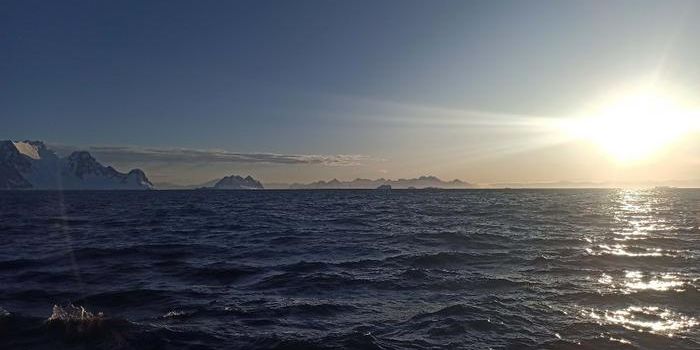Fighting Illegal Elephant Ivory Trafficking With DNA Testing
Ivory poaching and trading has a long and tragic history. Humans have coveted ivory for use in a range of products—such as piano keys and jewelry. Though the selling and trading of ivory is outlawed in many places around the world, humans continue to find ways to move significant amounts of ivory. For example, between 1989 and 2007, the amount of ivory seized by government officials in the U.S. accounted for about third of all seized products in the world. Combined with other factors, such as climate change and loss of habitat, ivory trades have also caused a severe decline in elephant populations in Africa, making it important to stop illicit ivory harvesting and trade.
A new study published in Nature Human Behavior details new efforts to use DNA testing of seized shipments of ivory to better map and trace illegal trafficking networks. The result from these analyses has provided law enforcement with a much clearer idea of where ivory trades have been moving.
Researchers decided to focus their analysis on searching for relatives of a given piece of ivory, analyzing about 4,300 samples. Similar DNA analyses in the past have tried to locate a matching elephant tusk, for example, which has resulted in a low rate of success. Expanding out to parents, children, or siblings could help identify more connections between seized ivory and where it might have come from. It could also highlight where poachers may be hunting for ivory, including areas they frequent regularly.
Through DNA analysis, researchers noted that most ivory that had been seized illegally had been run through just a handful of networks, highlighting these networks were more extensive than previously thought. Overall, the analysis allowed researchers to map existing networks and how they might shift over time.
Researchers also hope their DNA analysis efforts could help give prosecutors evidence to use against individuals arrested for illegal poaching and trading activity, tying them to global networks rather than charging them for individual ivory seizures.
Sources: Science Daily; Nature Human Behavior; National Geographic








